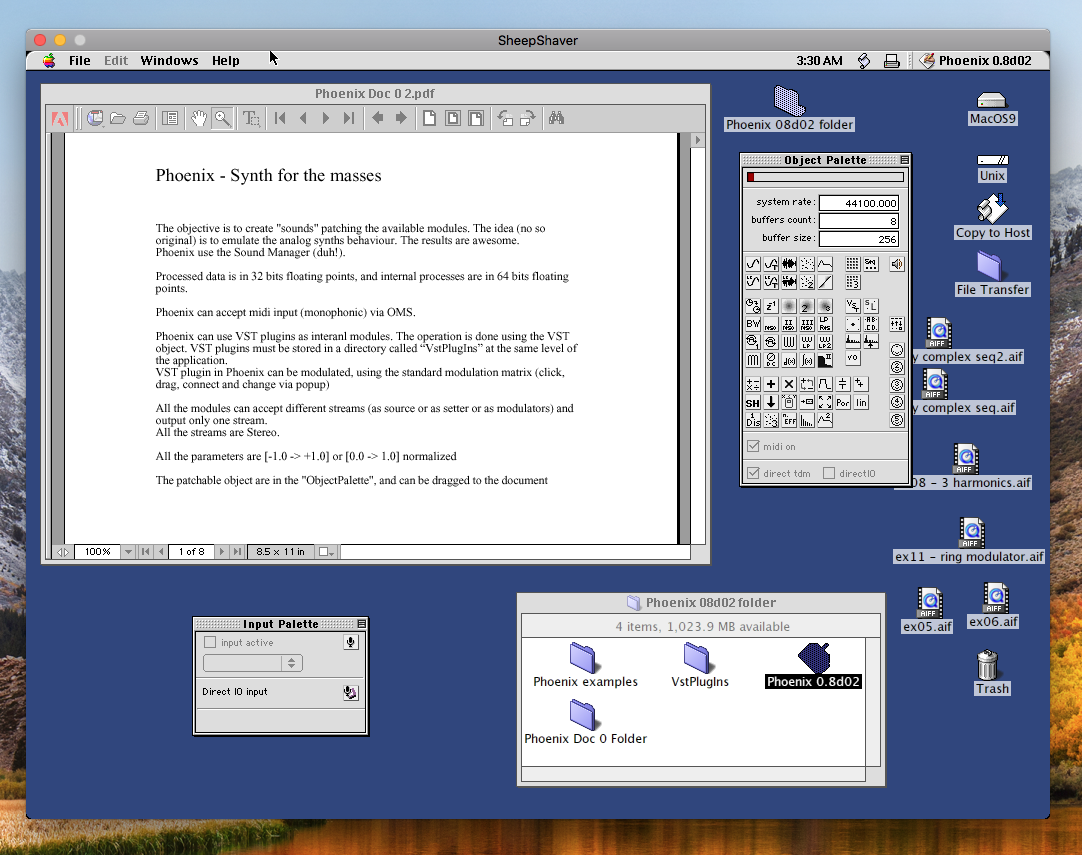

Important: I discovered an issue with misalignment of the screw hole in 2 of the fronts. The new ones will be up there soon as a remix of the original. If you have the old iUniker screen, those files are available on Thingiverse. There are also a couple of files you can use to test your supports without printing the entire part. I've also included the SketchUp file if you'd like to tweak the designs. I will plainly mark them for the Faux Disk and the SD card. Take a look at the instructions before deciding which build.īe aware of which case build you are following. For those of you with larger hands, V2 can be a little tricky to safely squeeze it all inside. The real difference in the build is the lack of space inside the case. The cost difference between the 2 versions is minor.
#SHEEPSHAVER .SIT FILES MAC#
It is inserted and removed similarly to a disk in real Mac Plus. Version 2 moves the SD card to the front of the Tiny Mac. Version 1 has a faux disk in the front of the Tiny Mac and the SD card accessible from the right side. You can now make a Mac Plus, SE, SE30 or Mac Classic.
#SHEEPSHAVER .SIT FILES FULL#
Here's a full set of both Metric and US wrenches.Īll the STLs should be oriented properly on the build plate.
#SHEEPSHAVER .SIT FILES INSTALL#
If you need the to install software for the original iUniker screen, jump to Step 16. These instructions and models have been updated to support the Waveshare display. Version 2 has the relocated SD card that is inserted in the front where the original Mac disk is.Ĭheck out the differences in Step 1. Version 1 has a Faux disk and the SD card is accessible from the right side. Note: The STLs are updated for use with an updated screen. All the other parts are readily available. You will need access to a 3d printer for the case. I was able to make a smaller, cheaper and simpler version. Smaller, cheaper components and new fabrication methods have made the process far easier. Times have changed and technology has moved on. I really wanted one but didn't have the time or resources. Years ago I saw that John Leake, of RetroMacCast, built a 1/3 scale Macintosh.


 0 kommentar(er)
0 kommentar(er)
